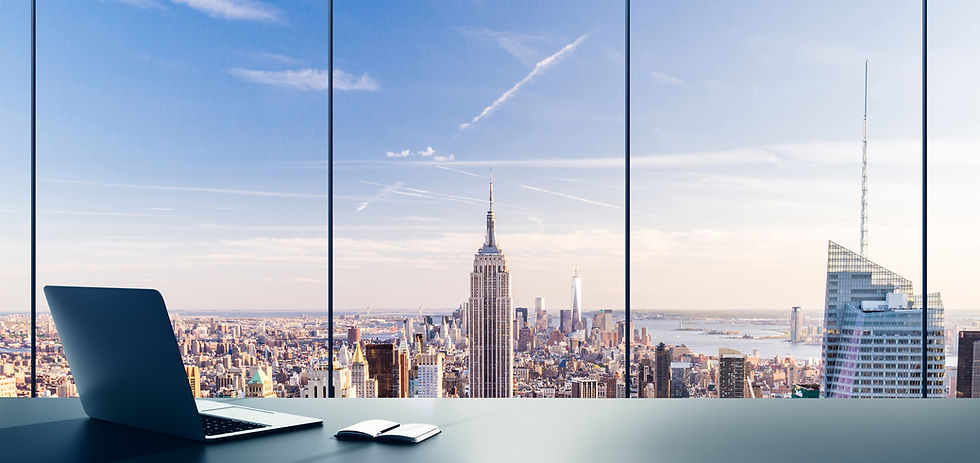Insight of the Day: “I was astonished”: Universal and unique motives for beauty-enhancing behaviors revealed in cross-cultural study
- InsightTrendsWorld

- Oct 11, 2024
- 3 min read
Summary of Findings:The study explores beauty-enhancing behaviors across four different societies (Cook Islands, Guatemala, Pakistan, and Poland) and highlights both universal and culturally specific motivations behind these practices. Universal themes include inter- and intrasexual competition, while cultural factors like religion and modernization also play significant roles.
Key Takeaway:Beauty-enhancing behaviors are motivated by both universal human desires (such as attracting a mate and competing with same-sex peers) and unique cultural influences (such as religious beliefs and local beauty standards). Social media and modernization further shape these behaviors, especially among younger generations.
Trend:There is a global focus on physical self-enhancement, driven by a combination of cultural, social, and technological factors like social media.
Consumer Motivation:Consumers engage in beauty-enhancing behaviors to attract potential partners (intersexual competition), outshine same-sex rivals (intrasexual competition), and comply with cultural, religious, and social expectations. Social media pressures also motivate individuals to conform to idealized beauty standards.
What is Driving the Trend:The trend is driven by social competition, the influence of social media, cultural norms, and religious practices, as well as a desire for self-presentation and status enhancement.
Who are the People Referenced in the Article:
Marta Kowal: Lead researcher from the University of Wrocław.
Participants: 96 individuals from Cook Islands, Guatemala, Pakistan, and Poland, representing different cultural, religious, and social backgrounds.
Description of Consumers, Product, or Service:The study examines participants aged 18 to 65, with varied backgrounds. Their beauty-enhancing practices include grooming, makeup, exercise, and personal hygiene. The behaviors are influenced by interpersonal competition and social standards.
Conclusions:The study reveals that self-enhancement practices are shaped by both universal biological imperatives and specific cultural factors. Beauty-enhancing behaviors are common globally but are expressed in unique ways depending on local traditions, religious influences, and modernization.
Implications for Brands:Brands can tailor beauty and self-care products to address both universal desires for attractiveness and localized cultural needs. In regions with strong religious influences, brands may emphasize products that align with modesty or religious beauty standards, while in regions dominated by social media, they can focus on "Instagram-ready" aesthetics.
Implications for Society:Beauty-enhancing behaviors reflect deep cultural values and societal norms. The rising influence of social media may create pressure to conform to idealized beauty standards, especially among younger generations. This pressure could lead to broader discussions on mental health, body image, and self-worth in different societies.
Implications for Consumers:Consumers, especially younger ones, face increased pressure to meet idealized beauty standards driven by social media. This might lead to higher engagement in beauty-enhancing activities but could also raise concerns about self-esteem and body image.
Implication for the Future:As modernization and social media continue to influence beauty practices, we may see further global convergence in beauty ideals. However, localized beauty standards will still persist, creating opportunities for culturally specific beauty trends.
Consumer Trend:The global trend of self-enhancement through grooming, makeup, and fitness, influenced by both social competition and the pressure to meet beauty standards amplified by social media.
Consumer Sub-Trend:An increasing social media-driven focus on presenting a "perfect" physical appearance, especially among younger generations.
Big Social Trend:The growing global obsession with physical appearance, driven by social media, cross-cultural influences, and increasing modernization.
Local Trend:Culturally specific beauty practices, such as gold jewelry and fair skin in Pakistan, or tanning in Poland, reflect localized beauty ideals rooted in tradition and cultural norms.
Worldwide Social Trend:The influence of social media and modernization is driving a global convergence of beauty standards, where people across different cultures are adopting similar practices, such as fitness, makeup, and personal grooming.
Name of the Big Trend Implied by the Article:Global Beauty Enhancement: The practice of improving physical attractiveness through grooming and appearance-focused behaviors across different cultures.
Name of Big Social Trend Implied by the Article:Social Media-Driven Beauty Norms: The increasing role of social media in shaping global beauty standards and influencing self-presentation.





Comments